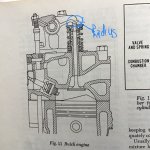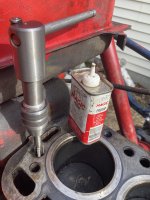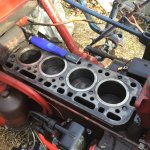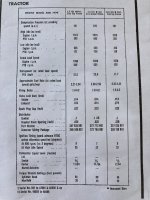RedWhiteandBluewoodlaunch
Member
Hi folks, decided to pull the head off the C135 Swapped Super C finally because some suspicious pushrod noise was really annoying me. Anywho I got a few questions about this sucker.
1. Are the headbolts torque to yield?
2. Can the old headbolts be reused if they are bent?
3. Should I do 65 ft/lbs or 80 ft/lbs with the new gasket?
4. How should I go about cleaning the crap outve the coolant jackets in the block?
Thanks.
-RWB
1. Are the headbolts torque to yield?
2. Can the old headbolts be reused if they are bent?
3. Should I do 65 ft/lbs or 80 ft/lbs with the new gasket?
4. How should I go about cleaning the crap outve the coolant jackets in the block?
Thanks.
-RWB
Last edited:





